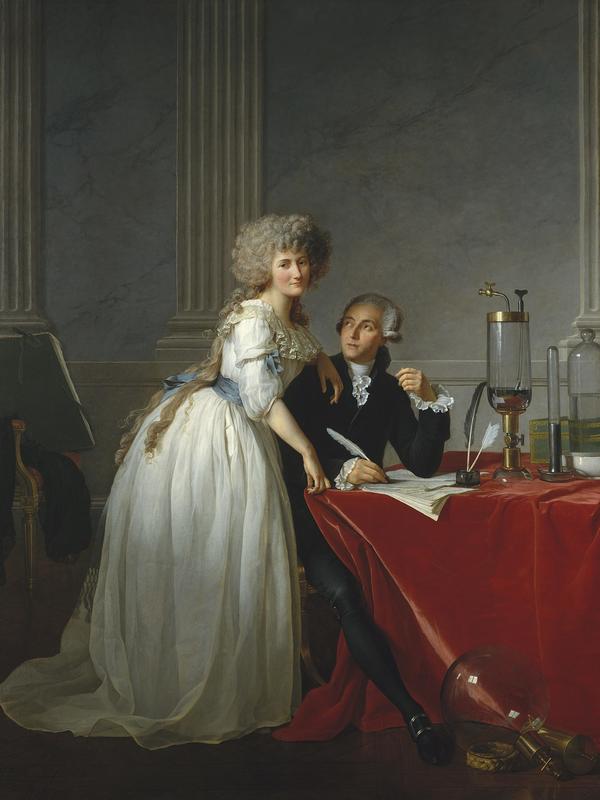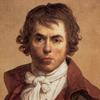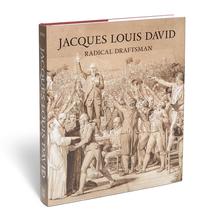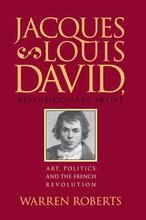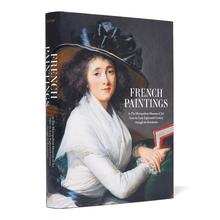More about Antoine Laurent Lavoisier and Marie Anne Lavoisier
- All
- Info
- Shop

Contributor
Unlike many of his paintings of the mythological, this portrait by Jacques-Louis David is more straight-forward.
It’s a realistic depiction of the famous scientist Antoine-Laurent Lavoisier and his wife and research partner, Marie.
Jacques-Louis David painted this portrait of Lavoisier soon before the French Revolution began in 1788. The two men could not have been more politically different. While Lavoisier researched as a chemist for King Louis XVI, David painted on the side of the revolution. While Lavoisier oversaw King Louis’ gunpowder manufacturing, David voted for Louis’ execution. And, while Lavoisier made the fatal (pun intended) decision to purchase a tax farm under Louis, David was literally responsible for signing off on Robespierre’s selected execution victims. When the revolution sparked, Lavoisier was executed on the guillotine, which leads to the key conspiracy theory of this article: did David paint Lavoisier and then sign off on his execution shortly thereafter? We will never know for sure...
When it comes to the great chemist’s beheading, one writer on the scene of the execution captured the tragedy perfectly: “It took only a moment to sever that head,” he wrote, “but perhaps a century will not be sufficient to produce another like it.”
And what should we make of all this fine glassware? While most mortals might just choose the scientific instruments that fit the piece best, David chose the instruments that Lavoisier used in his most important discoveries. For example, the depicted glass balloon was used to measure the volumes of gasses, which led to his law of conservation of mass. And the glass on the center of the table was the one Lavoisier used to show that water consists of two elements, Hydrogen and Oxygen.
Another thing you might notice about the Lavoisiers here is that they’re not dressed up at all. For a portrait of this time, they’re wearing the current equivalent of sweats and a t-shirt. Well, maybe not that extreme. But that said, it was normal in portraits to cover people’s hands and bodies with jewelry and lavish clothing to show wealth. And none of that is here. Just a severe black for Antoine and a white dress for Marie.
Before this painting arrived at the Met, it was privately owned by its first purchaser’s family for centuries. The painting then ended up with the Rockefellers when, in 1924, it caught the eye of John Davison Rockefeller, Sr. He reached out to the Science Board Directors of the Rockefeller Center to ask them what they thought of Lavoisier. They told him that Lavoisier was, in fact, a legendary chemist who penned the first chemistry textbook, among many other accomplishments. Impressed, Rockefeller bought the portrait, which he gave to the Rockefeller Institute for Medical Research a few years later. It remained there until the Met purchased it from the institute in 1977.
Sources
- Anonymous. “Jacques-Louis David: Antoine Laurent Lavoisier (1743–1794) and His Wife (Marie Anne Pierrette Paulze, 1758–1836) (1788).” Artsy. Accessed October 29, 2019. https://www.artsy.net/artwork/jacques-louis-david-antoine-laurent-lavoi…
- Hess, Thomas B., David’s Plot. New York Magazine, May, 1977.
- Johnson, Horton A., and St. Luke. “Revolutionary Instruments: Lavoisier's Tools as Objets D'Art.” Science History Institute, April 18, 2019. https://www.sciencehistory.org/distillations/revolutionary-instruments-….
- “Portrait of Monsieur Lavoisier and His Wife Marie-Anne-Pierrette Paulze.” Digital Commons @ RU. Accessed October 29, 2019. https://digitalcommons.rockefeller.edu/welch_hall/1/.
Featured Content
Here is what Wikipedia says about Portrait of Antoine-Laurent Lavoisier and his Wife
The Portrait of Antoine-Laurent Lavoisier and his Wife (French: Portrait d'Antoine-Laurent Lavoisier et de sa femme) is a double portrait of the French chemist Antoine Lavoisier and his wife and collaborator Marie-Anne Pierrette Paulze, commissioned from the French painter Jacques-Louis David in 1788 by Marie-Anne (who had been taught drawing by David). It is now in the Metropolitan Museum of Art in New York.
Check out the full Wikipedia article about Portrait of Antoine-Laurent Lavoisier and his Wife

